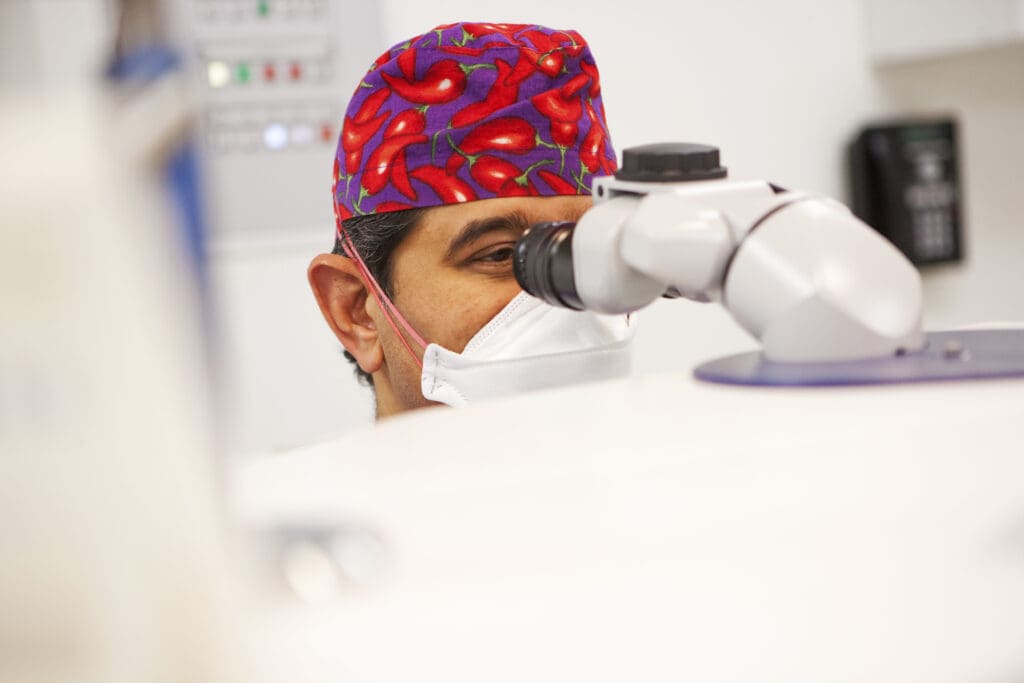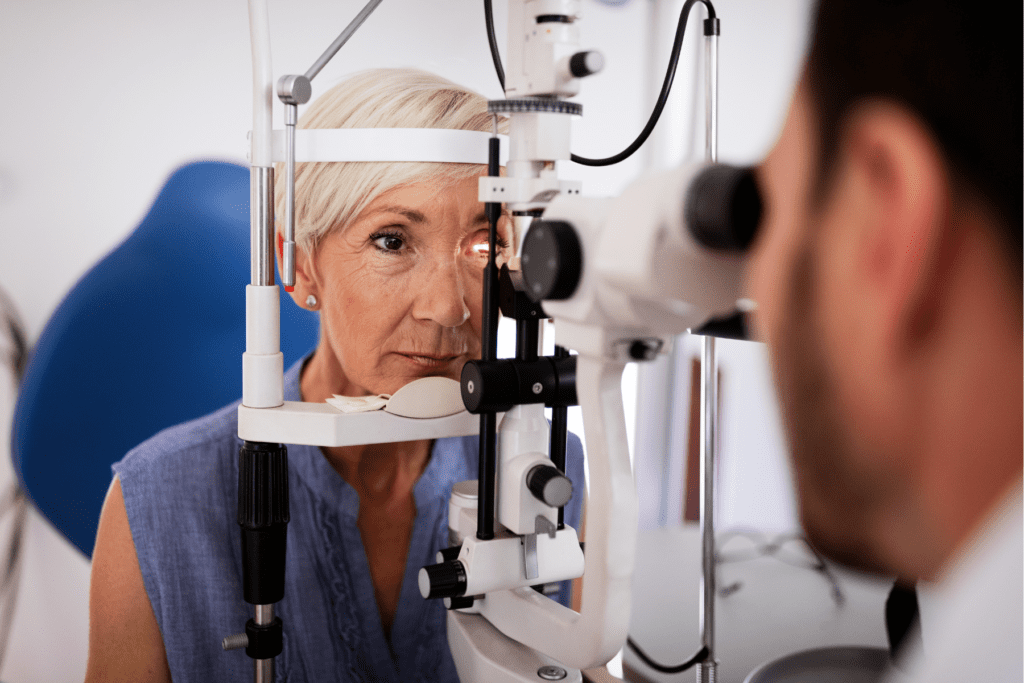Treating Glaucoma
Since glaucoma comes with few warning signs, regular eye exams are important for detecting glaucoma early enough to allow successful treatment. A routine glaucoma exam usually includes a test to measure eye pressure and an examination of the eye, primarily the optic nerve.
A visual field test may also be conducted to determine if there is any glaucoma damage, such as vision loss or blind spots in the field of vision.
Drops are usually the first line of treatment for Glaucoma. If the intraocular pressure cannot be reduced to an appropriate level, further drops may be added.





